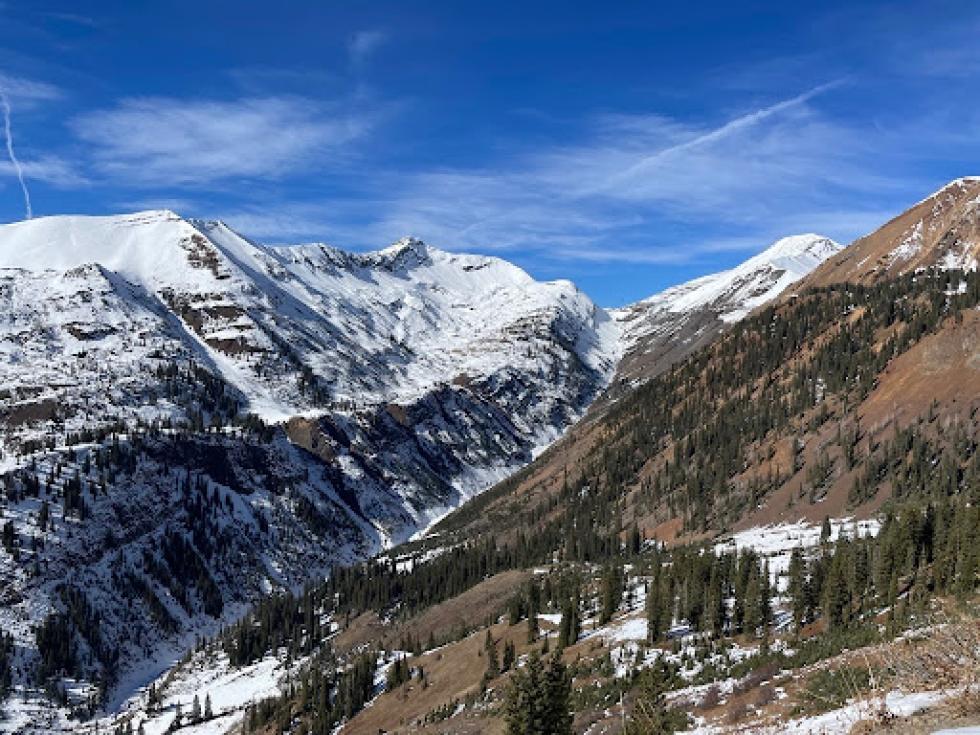Oct-Nov 2023 Summary
Summary
A storm in late October followed by a three-week dry spell built a weak base for the winter’s snowpack. A pair of storms in mid- and late November built slabs on that base, developing an early-winter Persistent Slab avalanche problem. The deepest snow and greatest danger so far this season developed in the mountains between Crested Butte and Marble. These storms impacted other parts of the state but didn't get enough snow to create significant avalanche danger. Through the end of November, people reported 196 avalanches, 33 of which were human-triggered. In seven avalanche incidents, 12 people were caught and five partly buried, with no major injuries.
Early Storms
Two small storms in early October preceded warm, dry weather that allowed most snow to melt except for a thin layer of crusty, weak snow at upper elevations. A storm in late October produced the season’s first avalanche cycle. Snow fell across the Northern and Central Mountains, favoring the Western Slope with up to two feet of snow. Observers spotted seven large avalanches statewide–six of which ran in the West Elk and Elk Mountains. The image below taken after the late October storm shows a large avalanche that broke in Yule Creek on a north-facing slope.


Early November Dry Spell
Three weeks of dry, cool weather followed. Snow melted away on most southerly and westerly-facing slopes, but cool temps allowed snow to linger, facet, and weaken on most northerly and easterly-facing slopes. A thin friable crust formed on the snow surface on many slopes, capping the faceted snow below. This crust-facet combination would become significant for avalanches in the second half of November and likely beyond.
Mid-November Storm
From November 17 to 19, a warm storm dropped up to a foot of dense snow. In the deeper areas of the Western Slope, this storm snow built a soft slab above the very weak snowpack, and the avalanche danger rose to Moderate. Observers recorded 45 avalanches. Six of the seven large avalanches that were large enough to bury a person occurred in the mountains between Marble, Crested Butte, and Aspen.


Late November Storm
The last storm of the month hit right around Thanksgiving and created the winter’s first Considerable avalanche danger for parts of the San Juan Mountains and the western Central Mountains. The avalanche cycle from this storm includes reports of 100 avalanches statewide, with 71 of those in the Central Mountains and 29 of them large (D2 to 2.5 on the destructive scale). Backcountry travelers triggered 17 avalanches. One of these avalanches near Marble caught four backcountry skiers at once. It partially buried three people, luckily with no injuries.

Another Storm on the Horizon
The month ended with a Persistent Slab avalanche problem distributed across much of the state on northerly and easterly-facing terrain. The thickest slabs and most dangerous conditions formed in the western part of the Central Mountains.


